|
The Last Garden In The Kingdom, Winter 2019 Visited by Ford Madox Brown Isabel Archer Derek Jarman Harry Ross and Helen Scarlett - O'Neil And Dominic Grieve Acrylics, pencil and pastel, 80 x 57 inches
2 Comments
Come, my dear referendum Go deadly cat > apps < bleed the VHS signal The night I buried my passport (in 1973) A suitcase for the deal Euro sting in the Scorpion's Tail The torture of Article 50 What have you done to Therese's voice? Whiplash for the body politic The killer rubber dub (out of sync) Brexit - My Giallo 10.5 x 15cm, oil pastels and pencil 2019 (going on 1973)
You are on a mission, but beware - there is no past and there is no future.
Baudelaire did not fly or Rimbaud die and Lemy Caution is missing in action.
Rendezvous: "Brown tie?"
Password: "And braces!" I am waiting here for the French agent with feathered hat.
The phone does not ring.
Still waiting. I am distracted by the kamikaze dive of a demented fly. In one hand, a book of poetry by Anna de Noailles. The other to mouth, sipping champagne out of a cracked glass. I spy a refracted card being delivered under the door. This facet a clue? That one a trap?
At the Institute I am ushered into a meeting room.
The silhouetted outline of a man is framed by a monstrous clock. It has no second or minute hands. The machine activates and my brain quivers.
I come round on the floor in a darkened cell with a folder in my hand.
I crave to read the contents, but.... I... wake.
I... wake on a bench outside the Louvre which is turning inside out.
My memory has been semi-erased. Was I.... a.... European son? Madeleine? Painting 1: The Poet's Elixir After Baudelaire Or in other delirious words: "Pretty witty twoon. Swoony noon loon." Acrylics and collage. 10 x 14" 1991 Photo: Down and out in Paris Summer, 1987 Business card Hotel de Champagne et de Mulhouse, 1987 Leaflet Advance Computer Institute, Rue du Faubourg-Montmartre, 1987 Folder 1986: Visnews International news agency that broadcast the first daily satellite news service. Drawing 1: Louvre, Outside In Oil pastel and pencil, 22 x 17" 1996 Drawing 2: Louvre, Inside Out Oil pastel and pencil, 21.5 x 19" 1996 Filmic sub-text: Cléo de 5 à 7 Directed by Agnes Varda, 1962 and starring Corinne Marchand Alphaville: une étrange aventure de Lemmy Caution Directed by Jean Luc-Godard, 1965 and starring Eddie Constantine A blog entry inspired by seeing these films after an absence of 30 years; akin to waking from a dream. I will overcome e-motion and travel sickness in search of past-tense, future-flex. Welcome. Don't miss Britain. Make the most of your visit. Welcome booklet oil pastel, pencil 8 pages with foldout, 50x21cm, 2018 Welcome booklet number 2. Welcome to our diamond isle in both 4k and 18k. Welcome to houses and apartments in the corseted green. Welcome to Cola Costa Coffee. Welcome to the smoking tower of art and loopy loops of magnetic tape. Welcome to the purr-fecf talk and walk. Welcome to surgical appliances and bottled scent of Bambi. Welcome to a big beautiful sleep. Welcome to a breakfast of fig and fennel hormones. Welcome to your mood music. Welcome. Please take notes and make any necessary drawings. Welcome. Welcome booklet no. 2 (with notes and drawings)
oil pastel, pencil 20 pages, 50x21cm, 2018 Flag flutters for freedom over the Greek island of Oinousses. Candles flame still for the Chios massacre and diaspora. No chime at church but the goats assemble with their brassy bells. Mythological calm beyond the horizon. Kalos calamari! My cousin guards dinner plates teeming with tens of thousands of bass and bream. End of shift. Shift. Play. I travel with Homer and Ms. Simpson to the castle at Mytilene. Down at the taverna, news spills out about the landing of 17 Turkish asylum seekers. Swimming against the tide that just won't turn. Solitude on a beach with grains of sand that you can count in one palm. Final visit to the stone house that my grandfather built as a refugee from Asia Minor. The boat departs from Oinousses with a memory that can never return. Greek War of Independence, 1821-1829 Greek nation state established after 400 years of Ottoman empire rule. Greco-Turkish War, 1919-1922 Greek invasion of Northwestern part of Anatolia is defeated with establishment of modern Turkish state. Treaty signed in 1923 to effect a population exchange of 1.5 million Greeks and Turks. UNESCO have just listed Rebeitko on its Cultural Heritage List. This is the music and dance that my grandparent's generation brought over to Greece in the 1920s after they were displaced from the crumbling Ottoman empire. The happenings at late night cafes and clubs articulated the feelings of refugees. They grappled with poverty and despair while searching for earthy love and spiritual consolation. Oinousses is 1 mile from Chios and 5 miles west of Turkey. Its waters, airspace and land are contested. At its peak in 2015, more than one million migrants crossed the Mediterranean Sea. The islands of Lesbos, Chios and Oinousses, given their close proximity to the Turkish mainland, are one of easiest zones of approach into Europe for asylum seekers and economic migrants coming from Western Asia, South Asia and Africa. I’m going to climb up to the highest mountain and sing. When I cry and am in pain, the mountain will sigh. 82 x 56 inches. Oil pastel, pencil. 2017. Poem to a drawing Are we walking down a corridor in the National Portrait gallery? Walls lined with the great and good who have killed and conquered. This is all rather tiring and I am looking for somewhere to sit. Commotion in a room ahead, left or right? A gust of wind blows us into the Euro wing. We see a mother and child with candle and umbrella. A man checks his flies are zipped. Above his head, a tricolour ink roller in suspended animation. On the ground, footprints of Prussian blue. Centre stage, chaise lounge. What is going on? Can we sit here? Maybe in the next room, next to a woman and her copy of J. G. Ballard's The Atrocity Exhibition. In front of a painting of the British Prime Minister getting fruity with the American President. Hold on! Is that Robert Rauschenberg trapped in twine from a plumb bob? He appears to be pointing backwards and forward, one hand to 1974, the other, 2019. Can we trust an artist to TELL US EVERYTHING about this space within space That has spilled out from a box labelled Highland Shortbread? Where can I sit? My legs are killing me. Notes to myself This was sketched immediately after visiting the excellent Robert Rauschenberg exhibition at Tate Modern and during the United Kingdom government's formal notification of withdrawal from the European Union. This was also the week when The Daily Mail newspaper on March 28th featured a photo of Theresa May and Nicola Sturgeon with the trivialising head line: “Never mind Brexit, who won Legs-it!”. On the same day, a new 12-sided £1 coin became legal tender across the UK. Pondering all these matters, I started to sketch a scene using Robert Rauschenberg as an enigmatic muse. His free and easy approach to materials, for example, building an umbrella or fan into a painted surface, had me thinking about how to use everyday objects as part of my art practice. I turned to a biscuit tin in my studio. I don't know why I started to collect objects in a biscuit tin or how long they have accumulated (more than a decade now), but this box with random objects ranging from coins, fuses, tea coaster, plumb bob, pencil emblazoned with "Tell me everything," was raided for inspiration and incorporated into the drawing. This was my equivalent to Rauschenberg's "combine" although I have made no concession to three dimensionality. There is added irony in that the box has a culinary connection with Scotland; a nation destined to have a falling out with the English over the issue of falling out of Europe. All these objects and related ideas came tumbling out of the box and into the composition. Some other allusions for the cultural critic to register:
A New World Order Pastel drawing, 60x81", 2016 The Grand Christmas Comic Pantomine At the mythic Elephant and Castle Theatre Boxing Day, December 26th, 1876 Entitled Trump and Farage; Or Harlequin Progress And the Knight that fought and gained the day Characters Donnie Trump ------- performed by Miss Marie Henderson A powerful and scheming knight in love with Nigella and himself Nigella Farage ------- performed by Mr Walter Grisdale Mistress from Ing - Land who whip lashes her Euro body politic Hilaricious Clinton ------- performed by Miss Clara Griffith Deposed Queen trapped in the world wide web Theresa Maypole ------ performed by Mr Watty Bruton The titular head of state who is forever Brexiting, stage right. A production on a grand scale with thrilling scenes: Donnie and Nigella riding the headless horse of the apocalypse; Hilaricious hanging onto the tale of the headless horse; And Theresa, trying to exit stage right, but being trampled under horse hoof. All told, a magical transformation. This new world order has to be seen to be believed! Trump and Farage has been expressly sketched for this theatre by Constance Graf. Stage notes: 1. Pantomine is a type of musical comedy performed in the United Kingdom, generally during the Christmas festive period. It has gender-bending roles and a story loosely based on a fairy or folk tale. 2. Henderson, Griffith, Grisdale and Bruton formed the cast of the Elephant and Castle Theatre company in London between 1875-1880. Marie Henderson was also the directress of the company. 3. If you want to sample a pantomime, here is a link to Valentine and Orson. This text was written in 1877 by Charles Merion and is his third adaption of the medieval romance tale about twin brothers abandoned at birth, one raised in the royal court and the other in the woods. Another version was the first play performed at the Elephant and Castle Theatre when that was opened for business in 1872. The theatre building is now the Coronet Club and this is due for demolition in early 2018 as part of the regeneration of the Elephant and Castle area. There is a corridor sized gallery at the V&A that I am forever drawn to. Literally, in the sense that I love sketching here. It's the Sacred Silver & Stained Glass collection in room 83. During my tenure as the museum's community artist in residence, I used stained glass to meditate on contemporary housing issues. Nathaniel Westlake's magisterial panel at the V&A, Vision of Beatrice, inspired an installation and artist film. The Westlake stained glass panel was made for a V&A exhibition in 1864 and was possibly conceived in the house that Westlake had built for him in the heart of North Kensington. The house is still standing at 1-2 Whitchurch Road opposite the Lancaster West estate and embodies the complex history of social change from the extremes of Victorian affluence and poverty to modern day regeneration and gentrification. This listed building would be a multi-millionaires paradise but has been converted into six bedrooms by St Mungo's and is a hostel for those needing support into housing and work. The house was situated just across the road from my artist studio which itself was a former council flat about to be redeveloped into More West. During my residency, I recorded an interview with Terry Bloxham who is a ceramic and glass specialist at the V&A with responsibility for the stained glass collection. I wanted to understand more about the context in which Westlake had made his stained glass panel and Terry quite rightly took me back in time. I was surprised by how the past would resonate so strongly with the way we live today: the forging of nation states; how religion can violently divide and spiritually unite; and the evolving technological and economic context to the making of art. Here is an edited transcript of our coversation: Terry Bloxham: Why Westlake? Why that panel? Constantine Gras: Why that panel? I didn’t know anything about it until I started my V&A Community Artist residency. I’m based in a studio in North Kensington that is part of an estate, the Silchester Estate. It’s part of a new housing development taking place on the estate. In the run up to my residency, I cycled around the borough, looked at listed buildings and I came across a house, just across the road from where my studio is. It’s the house that was built for Nathaniel Westlake. TB: Oh. Who be he? CG: It’s a bit of a juxtaposition from the estates. You suddenly see this listed building that was built in 1863. It was built by his friend and architect, John Francis Bentley, who later went on to design Westminster Cathedral. And they were both converts to Catholicism and collaborated on St Francis of Assisi church on Pottery Lane in North Kensington. But I was interested in this grand looking house near an estate and that's now run as a sort of hostel. It’s had a bit of a checkered history as this area of North Kensington has. Poverty and slums. Now property that is valued in the millions. TB: Where is North Kensington? CG: This part is opposite Latimer Road tube station. TB: I think I know. Basically Notting Hill west. CG: That’s right. TB: I know that neighbourhood. There’s a great reggae shop. Hopefully it’s still there. CG: So that’s how I came across Westlake. As an artist with a studio in the same area, albeit in a different century, I’m very interested in predecessors and making connections with them. And to discover that the V&A museum has a work of art that has a connection to the very streets in which I'm working. I’m also interested in a film that was also made in the local area and this is called Leo The Last. It was made in 1969 by John Boorman on the site of Lancaster West estate just prior to it being built. It’s about an aristocratic person who moves into the area and he gets radicalised by his interaction with the West Indian community. Some memorable imagery in the film involves looking through a telescope and also patterned glass in a pub that distorts the point of view. I suppose at one level, I wanted to explore or create a connection between film making and stained glass. In the sense of camera lenses and glass transmitting light and how they might be used for perception and analysing or documenting the world around you. Using fragments or a diverse range of media that can be pieced together to make a whole new work of art. And one not necessarily made just by the artist, but involving collaboration. Also I feel a little like that aristocratic character in the film. The artist as an outsider who comes into an area and interacts with the community and how this might radicalise either them or the community or not as the case may be. That is the type of thing I’m wanting to do in my community focused project work. I’m hoping to create a Westlake House at the V&A Museum, in addition to making an artist's film. TB: Brilliant. CG: Perhaps you can help me shed some light on Westlake and how and why he came to make this wonderful panel. TB: Westlake in the nineteenth century, is, near enough, the culmination of a movement that we now call the Gothic revival. And the Gothic Revival was a reaction against eighteenth century stuff and we are going to be talking about that as we progress through time. This involved a revision in the theological understanding of Christianity and also the furnishings of Christian churches. And all throughout the gothic revival period, whether you are talking about stained glass or metalworking or textiles, all of the things that were used for church furnishings, they kept harping on, we must do it in the medieval manner. And that’s why you’ve got to understand the medieval manner in order to understand Westlake. That’s why we are starting here in the medieval period. We are looking at thirteenth century glass. CG: Was this being commissioned by the church? TB: Yes. it was church law that you had to have some sort of decorative, figurative work in the church, that illustrated the Saint to whom that church was dedicated. All images in churches were meant to be instructive. People always say it’s bibles for the poor. But that’s sort of an insult, because it’s calling them illiterate. And I prefer to look at it, not as an age of illiteracy, but as an age when you didn’t need to read and write. Only a few people did. In the middle ages, TB: So here we are looking at a panel from the mid thirteenth century showing a scene of King Childebert being chastised by bishop Jermanus or Jermaine. It is telling you a story, an episode from the life of a real king. His name was Childebert. He’s in the middle of the sixth century and was one of the first kings in France. After the collapse of the Roman empire in the West you have all these so called barbarians moving in. You can tell my preferences lie with the so called barbarians. Various tribal groups as they were known: the Goths, the Gauls, the Francs, the Germanys, the Celts. The celts became the Brits. These groups are going to form our nation states. Clovis was one of these Frankish groups and from Frank we get France. This is where Childebert is descended from. In the panel, we have Childebert being chastised by bishop Jermanus, the first bishop of Paris. He is chastising the King because he had just been on a campaign to conquer the Spanish city of Saragossa. The bishop was upset about this because Saragossa was a christian city. Bishop Jermanus forced Childebert to build the first church in Paris as atonement for his sins and this church was dedicated to St Lawrence. This church was being rebuilt in the thirteenth century in the newish Gothic style and it was rededicated to Jermanus who by then had become a saint. CG: Can you tell me about the designs used in stained glass and the process of making? TB: Medieval decorated windows are composed of small, irregularly shaped pieces of coloured and clear glass. The idea was not to have big square panels of glass which they could make, about A4 sheet size. It was to make a sheet of glass, cut it into irregular shapes and move those shapes around to form a picture. And then those shapes are held together by lead. So it became known as a mosaic-type construction. When you think of a Roman mosaic floor, little pieces of tesserae arranged to make a picture shape. And then they are embedded into cement to form a solid picture. It’s the same thing with mosaic glass. The only painting that you have on it are the details that you can see in the hands and the face, the folds in the clothing. That’s just simple blacky-brown iron-based pigment which is fired onto the surface of the glass. Glass when made is clear. But in its molten state you can add colouring agents to it. Cobalt will make blue. Copper will make green and also red. Manganese will make a purply brown. Depending upon the intensity you can get this nice purply-brown robe or flesh colour. That is know as pot metal because you hold the liquid glass into a pot and add the metallic oxide. So you have clear glass and pot metal glass, cut into small irregularly shaped pieces, put together to make a nice, pretty little picture, all held together in this lead framework. And whatever paint you have was just an iron based pigment onto the surface of the glass to give you your details. That is mosaic glass made in the medieval manner. That is what Westlake is trying to achieve. I have to introduce another element in the manufacturing of medieval glass. Something that was a big technological revolution. I mentioned earlier that properly speaking, it’s not stained glass, it’s decorated glass. And the reason why I say that is because stained means penetration of glass or staining glass. That doesn’t happen until the magic year of about 1300, probably in Normandy. Some bright spark discovered that putting silver into oxide of some form and then firing, what it did was to penetrate the upper levels of the glass and create this lovely lemony yellow to a burnt orange colour. And the reason why that was so revolutionary was it enabled you to have more than one colour on the sheet of glass. We looked at yellow glass and red glass and blue glass and green glass that is known as pot metal glass. That is clear glass that has been coloured. Coloured glass is more expensive than clear glass. Any time you have extra processes it’s going to increase the price. We do have those few surviving documents that give us prices for the middle ages. So we know that glass coloured all the way through was more expensive. Staining it is incredibly cheap to make relative to the older way and once it comes in, it doesn’t disappear. When we get to the Reformation in the sixteenth century, Europe is torn apart by different believers or practitioners of the Christian faith. In the middle ages, remember there is only the church. There is no protestant, no catholic. It is just the church. So you have to put yourself in a time when your world, your faith is being torn apart, is being questioned by people who are very learned and very persuasive. And in some cases also inciters of violent activities and feelings. We tend to blame the whole reformation on him, Martin Luther. He was pretty moderate. You also had people like Calvin and Zinger who were the militant side of the reformation. And there was a lot of destruction and a lot of change. But in Europe today, you will still find this part of Germany is Catholic, but that part is Protestant. But fortunately not fighting each other. England’s story is different and was more violent. Not so much people killing each other, but people destroying anything suggestive of religious imagery. CG: You get a snapshot of those times at the recent iconoclasm exhibition at the Tate. TB: Yes that was a good snapshot. And we also have documents from stain glass makers, petitioning the local leaders of the city, the principalities. Saying you are putting us out of business. We used to make a living making religious windows for churches and it was just no longer allowed. On the continent they started to turn their hands to other iconographic subject matter in stain glass making. TB: What we are looking at now are products of Netherlandish workshops who mastered from the fifteenth century onwards, the art of very fine, but mass and cheap production of glass windows. These are simple pieces of cylinder glass, cut into a circular shape and solely painted. So its clear glass, in silver stain and black pigment. They are cheap. They are incredibly finely painted because this is the age of the printing press. So engravings were made and then they would be printed and they would be used as models for these stained glass workshops. So infect they’re copying exiting art works, unlike in the medieval period where they don’t have the benefit of mass produced engravings and stuff to copy. This panel is the story of Sorgheloos which is a secular version of the old testament story of the prodigal son. This guy, Sorgheloos, goes out, he inherits a whole bunch of money, spends it on wine, women and song. And in the end, all he has left is an old woman, two starving animals and a bunch of straw to eat. So unlike the prodigal son he’s not welcome back with the fatted calf. What also happens in the middle of the sixteenth century, these chemists as we would call them today, alchemists as they were known, developed more pigments that could be fired successfully into glass. In the medieval period it was just that blacky-brown iron based pigment. Now we have enamel colours. So we have the greens and all the shades. Red and all the shades. Blue and all the shades. And the yellows. CG: It must have been a wonder to behold, a sort of technicolour movie. TB: Yes it was. That’s why they were popular. Also coloured glass was expensive and enamel paints are cheaper than coloured glass. So we are now in the age of just simply painting on glass. Think of it as a transparent canvas. Because that is where we are going, painting on glass. Let us jump forward to the middle of the eighteenth century. We have aristocrats interested in the gothic. Walpole made Strawberry Hill which was his idea of Gothic. And then In the early part of the nineteenth century we start getting academics in Oxford known as the Oxford movement. They were also called the Tractarians because they produced a lot of tracts. They are looking at medieval theology and seeing it or pre-reformation theology as a more pure form of the Christian faith. They are not advocating a return to catholicism but they are advocating breaking away from the corruption that crept into the English church in the eighteenth century. Shortly after, a complimentary, although at times, rival group, grows up in Cambridge known as the Cambridge Camden society, but also known as the Ecclesiastics when they are sitting in London. They were interested in pre-reformation theology, but more importantly in pre-reformation architecture and church furnishings. So you have in Oxford, the academics looking at theology. In Cambridge, they are looking at the physical structures of the furnishings. So we are at the beginning of the nineteenth century at that time when people are looking back to the medieval world and things done in the medieval manner. So this is where the Gothic Revival begins. Also in 1824 the Government passes what became known as the 600 churches act. Christianity had fallen into corruption in the eighteenth century. The church fabric itself, the buildings were neglected. There were a lot of people assigned as clerics in churches who just stayed in their country estates and took the money and they didn’t even maintain the churches. So the government steps in and makes a proclamation, effectively going, thou must build churches. Into this comes the great architects like Butterfield, Street, Pugin. So the very first half of the nineteenth century is what we know as the Gothic Revival. Church building, church furnishing going on and stained glass starts apace. Also in the 1850s and 60s craftsmen were thinking why can't we do it like the medieval stained glass makers. They couldn't simply because medieval glass is mouth blown. So there is no evenness in its thickness. Each bit of glass that the medieval craftsman made, this bit is thin at one end, but it might be thicker at the other. So that when you put it into a window and light comes through that little bit of glass, the light will come through differently. It will be less bright in the thicker bit and more bright in the thinner bit. The medieval craftsmen knew that. That's what the Victorian stained glass makers were really trying to discover. TB: Nathaniel Westlake was a freelance designer. You could make a living by doing that. He went around to companies like Powell’s who were probably the biggest manufacturer of windows at this time. He would show his portfolio of how good an artist he was. Also a portfolio of stained glass design that he could offer to them. And that is how he was making his living. But in about 1858-59, clearly by 1860, he had become involved with the stained glass firm of Lavers and Barraud. In 1864 the V&A had an exhibition of stained glass and mosaics and one of the firms that submits things that were selected to be displayed was a panel made by Lavers and Barraud to the design by Nathaniel Westlake. So this is just made for an exhibition piece as far as anyone has ever been able to find out. It wasn’t actually a potential commission which a lot of exhibition pieces were. This just seems to be solely their own making and as it’s a design by Westlake, one makes that big assumption that it’s Westlake’s idea. The iconography of this panel was all in his head. We know that Westlake was friends with the Pre-Raphaelite brotherhood. The Pre-Raphaelite brotherhood like many groups in Europe were interested in things medieval. They’re looking at more literary subjects. Morris and co were doing lots of things like George and the Dragon windows. Dante Alligheri, the writer of the famous Divine Comedy, from the early part of fourteenth century was big. There was a lot of interest in him. The iconography of the Westlake panel is quite complicated. It is derived from Dante’s Divine Comedy. In this poem Dante was granted a trip through hell into purgatory and finally into paradise. It’s a wonderful story. Dante is lead by the Roman poet Virgil who to him represents reason and as Dante is going through hell and purgatory he is reflecting on his own life. He is working out his own sin. At the very end of purgatory, this person called Beatrice starts to be mentioned. Beatrice was a real person, Beatrice Portinali. It seems that Dante knew her when they were children in Florence. He was a member of one family and she was another. For whatever reason and remember Italy wasn’t a unified country, it was a bunch of city states and these city states had noble families fighting each other. So marriages were not love matches, they were political matches and Dante had fallen in love with this young Beatrice. Madly, head over heels, quite perversely. Like, get over it Dante. But he never did. But he couldn’t marry her. She married someone else. We don’t even know if she realized his devotion. But anyway she had to marry someone else and she died quite young. So he was stuck on her all this time. Now when you read the Divine Comedy it becomes apparent that Beatrice is divine love. And divine love is the only way you can go through heaven. Reason cannot take you into heaven. So at the very end of purgatory, before he makes that last crossing of the river and going up into heaven, Dante is given a vision by a woman called Mathilda and her companions, often known as the three graces, but really faith, hope and love. They give Dante a vision of what is to come. And this is the first time that he realised that this woman, who he has always loved and is now dead, has become divine love. This vision of Beatrice is going to lead him into paradise. This is what is depicted in the panel designed by Westlake. Beatrice up there in that top left corner. Faith, hope and love are those three figures who are often referred to as the three graces. First personified in that form by Sandro Botticelli in the middle of the fifteenth century in the Primaevera painting. This is Dante kneeling at the front, eyes closed, given that vision of Beatrice. That moment when he realises that his love has become divine love and so will take him into heaven. It’s done in the medieval manner. So we’ve got little pieces of glass just like in the medieval way, irregular shaped pieces carefully chosen. It’s not just take that one, put it there to make the picture, but trying to get the right balance of light coming through. By this time in the nineteenth century they are using the equivalent of light cables. So they can start to see the effect and so they can choose the glass, arrange the shape in order to maximise the light coming through. So Westlake is the culmination of this late eighteenth century, first half of the nineteenth century, Gothic revival way of doing it in the medieval manner. He is a medieval craftsman. He is a medieval artist. Let’s put it that way. Lavers and Barraud are a workshop that operated in the same way as a medieval workshop would have done. You have a centre in which you had your designer, your painter, your glass maker, your lead worker, all in one institution producing the window and each one being prized for their skills. As the nineteenth century moves on the designer becomes more of an artist. You start to get into, what is known in the ceramic world, as art pottery. You might as well call it art stained glass. Four film stills from Vision of Paradise, 2015. 30 minute, high definition video.
Sketching during TV coverage of EU Summit 17 x 12 inch, oil pastels, 19/02/16 Sketching during TV coverage of Masstricht treaty
12.5 x 9.5 inches, acrylics, 1990 |
Categories
All
Archives
May 2024
|




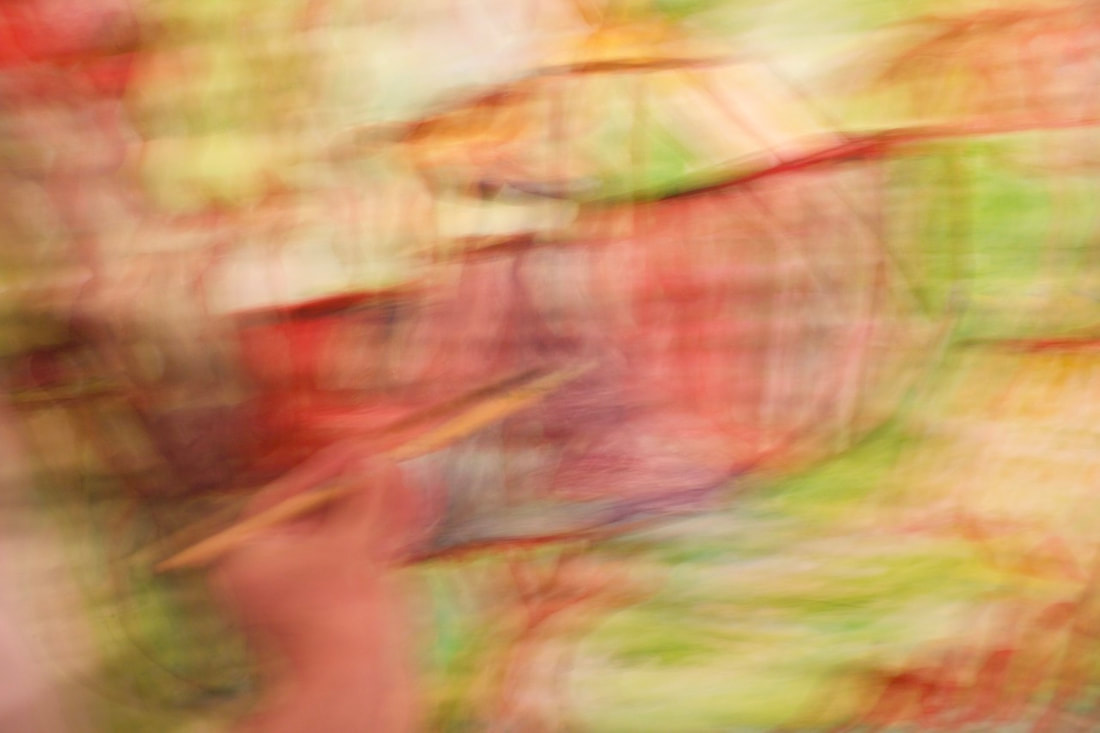




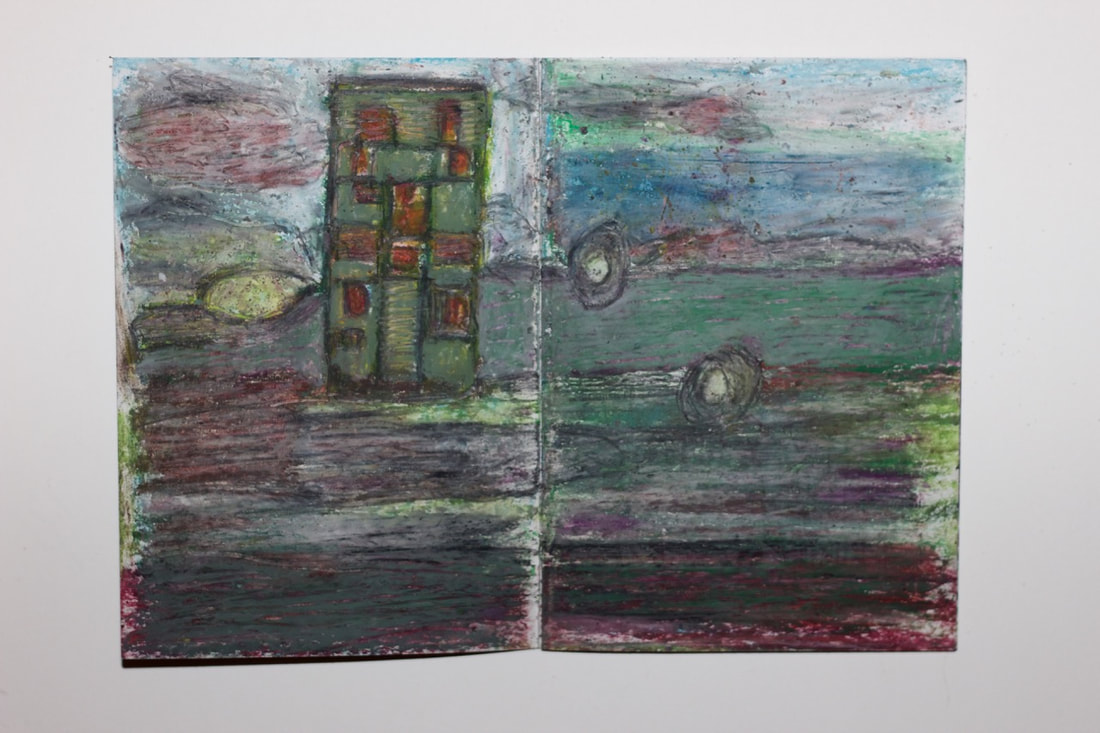










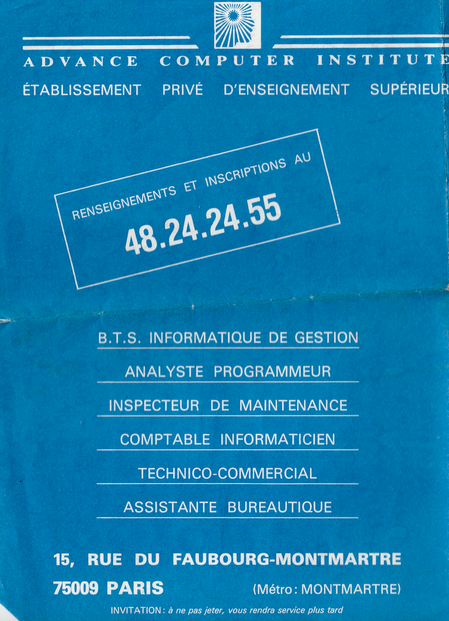






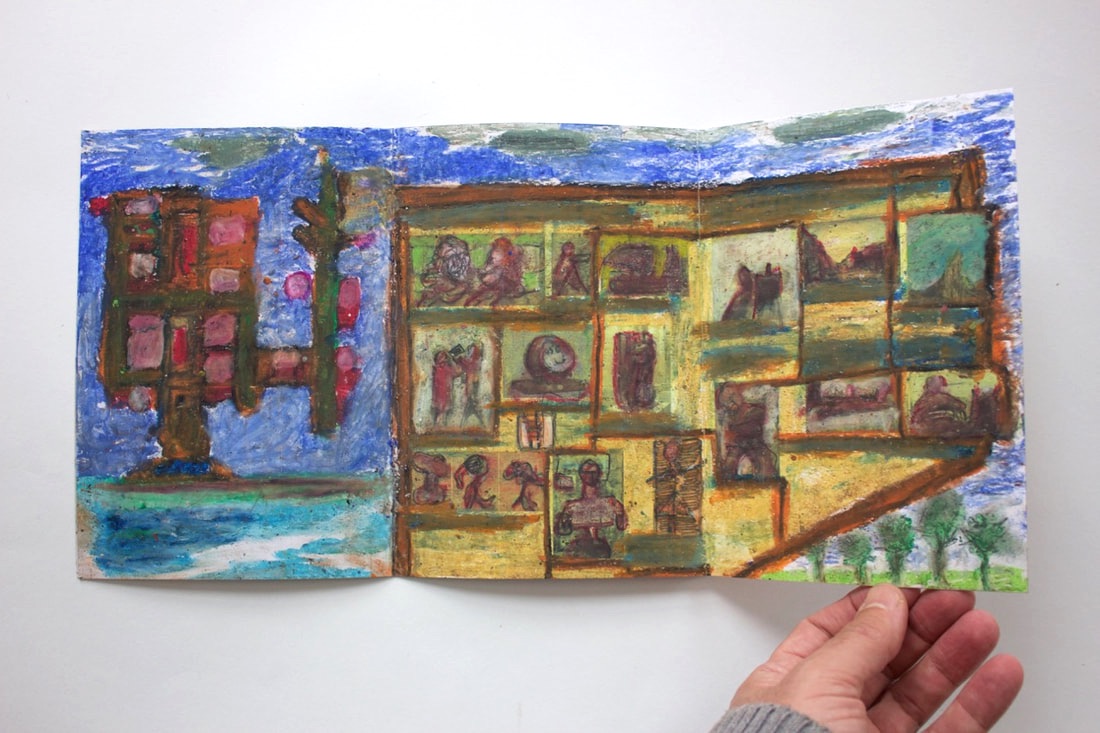






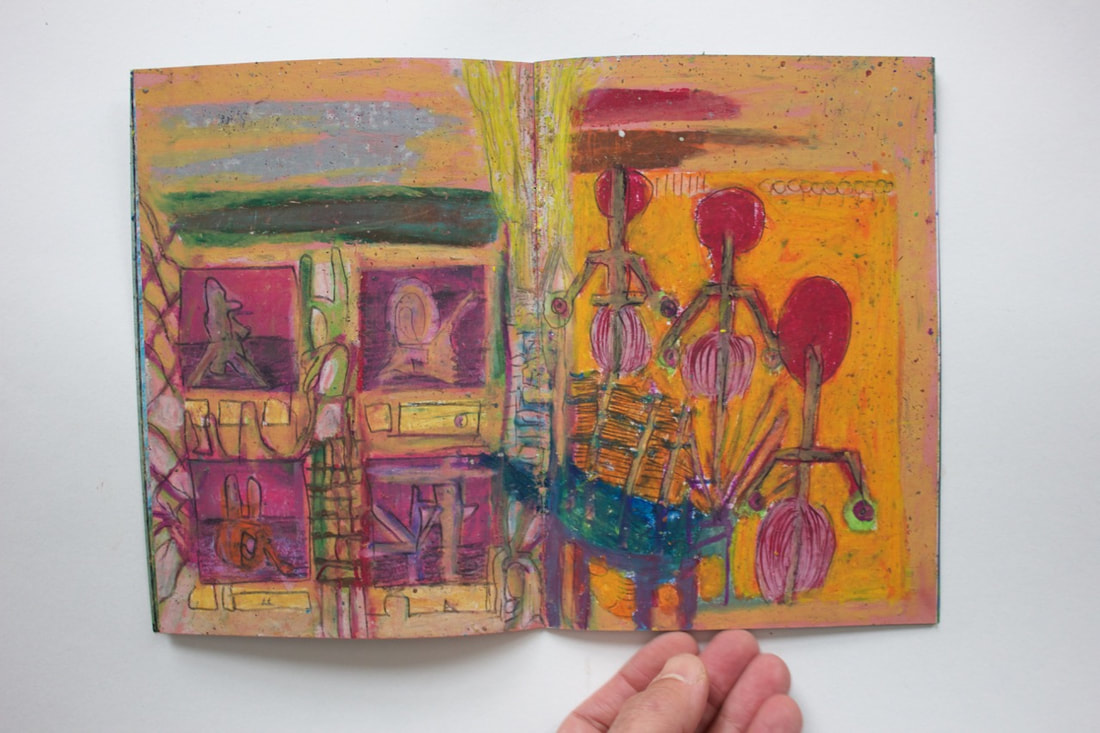
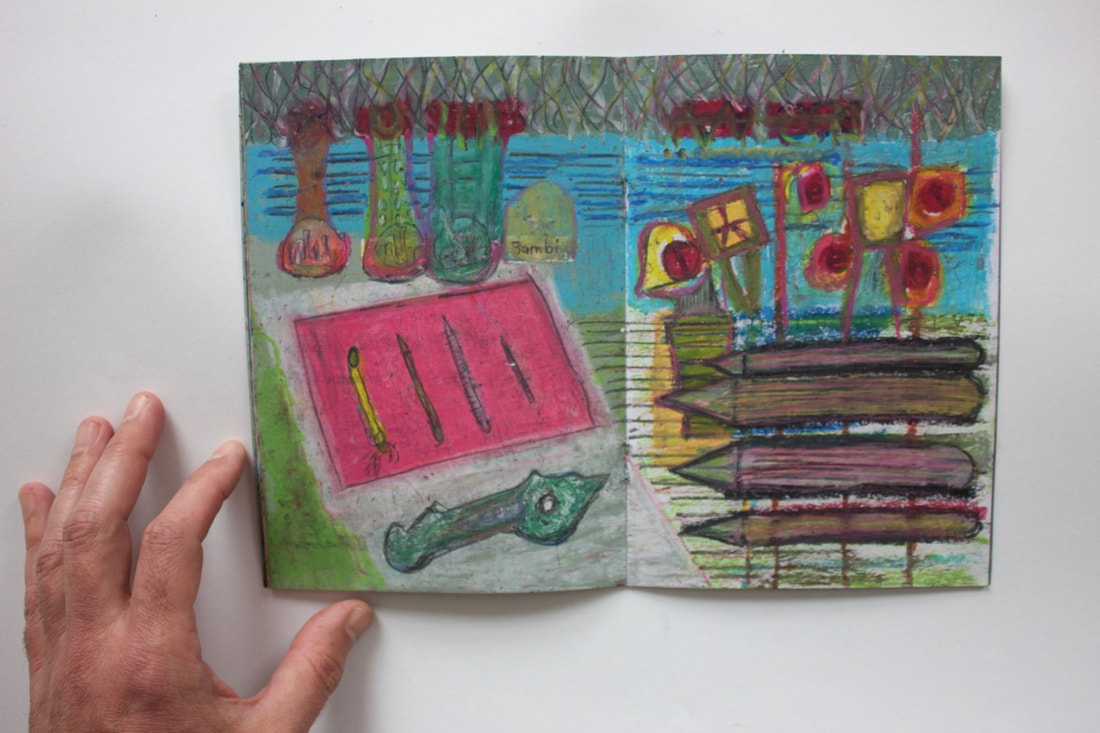











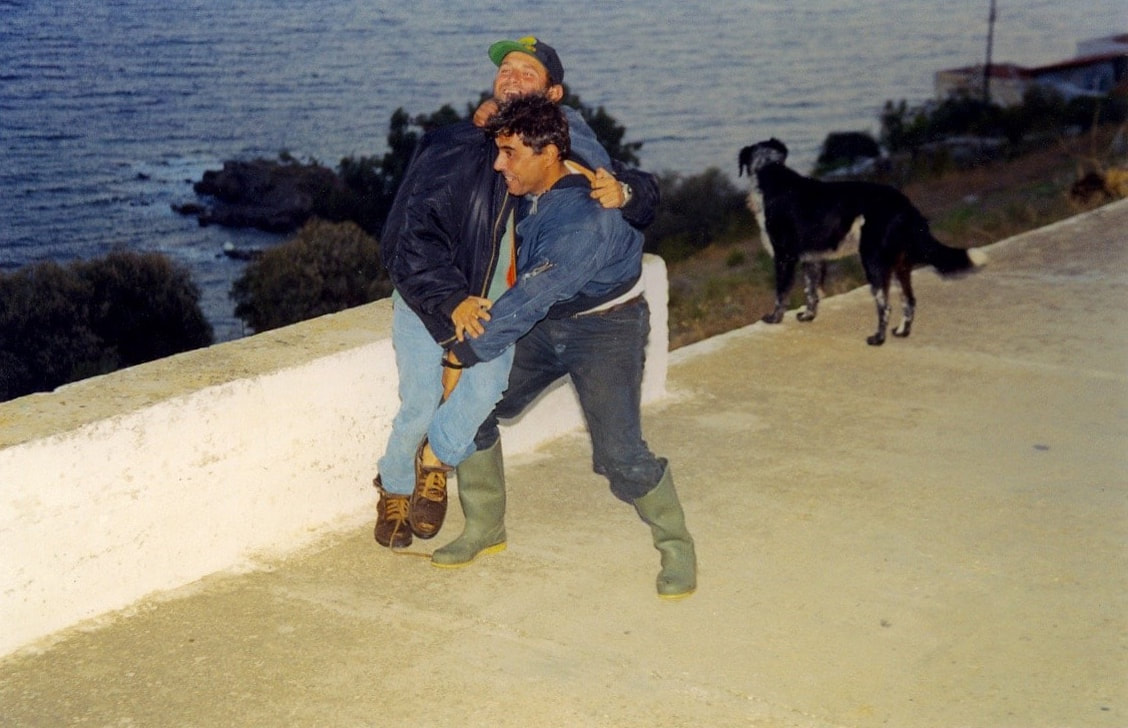


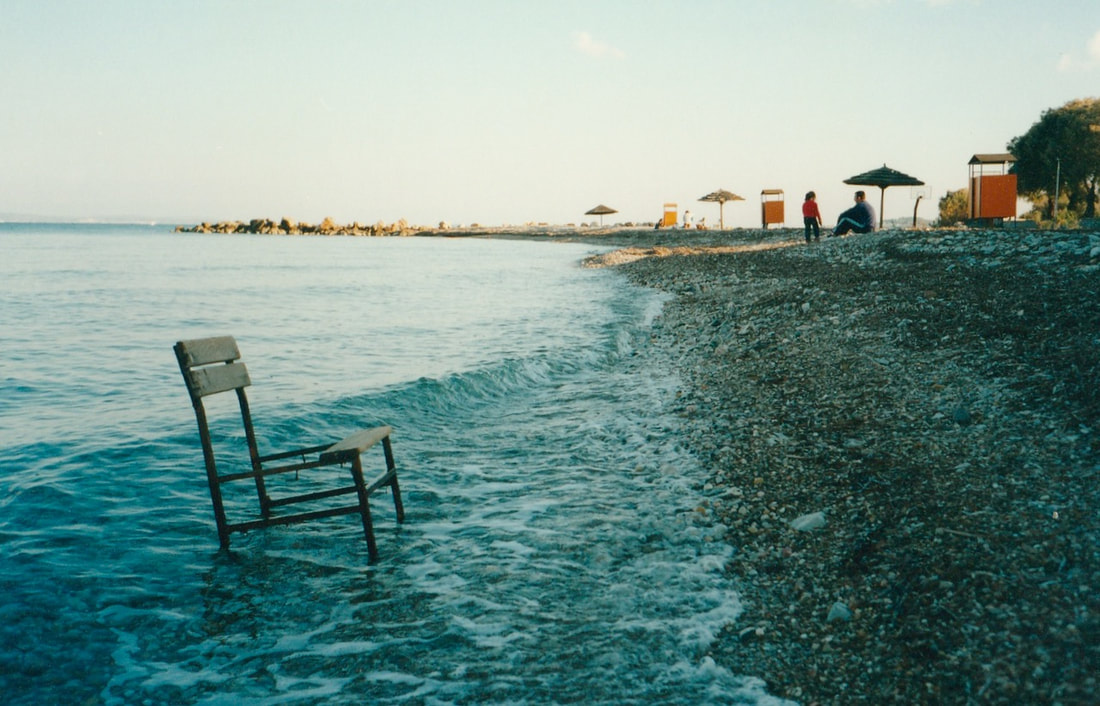






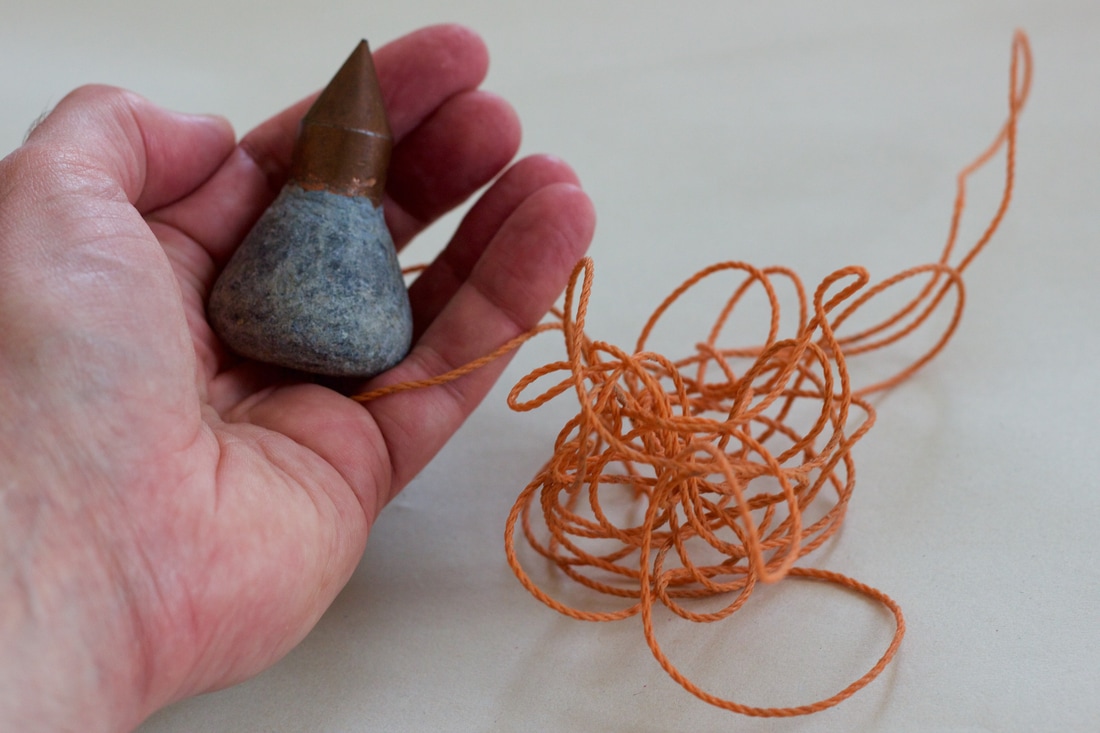

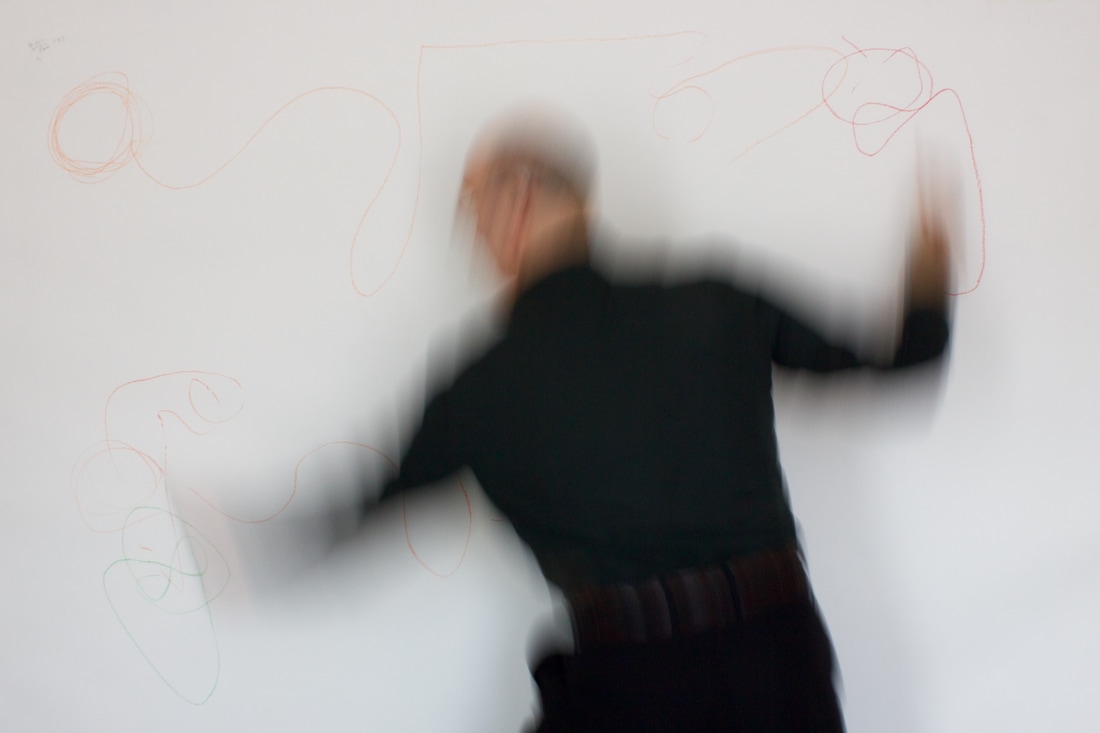










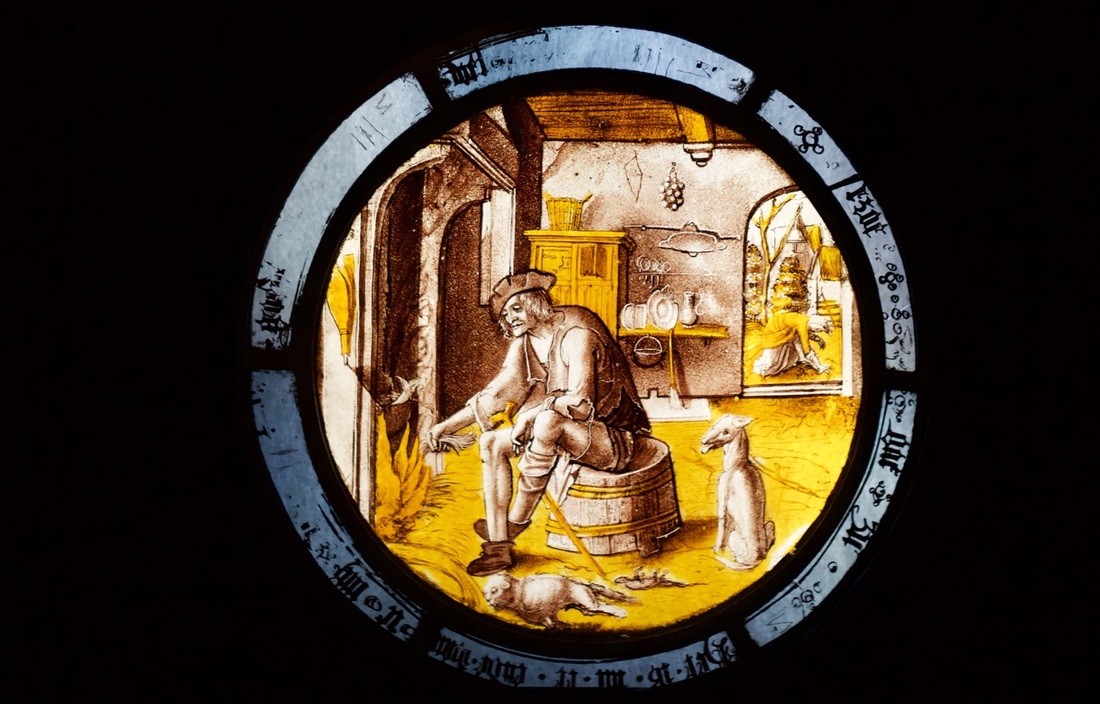

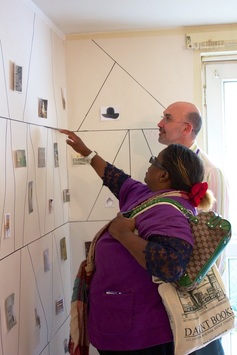

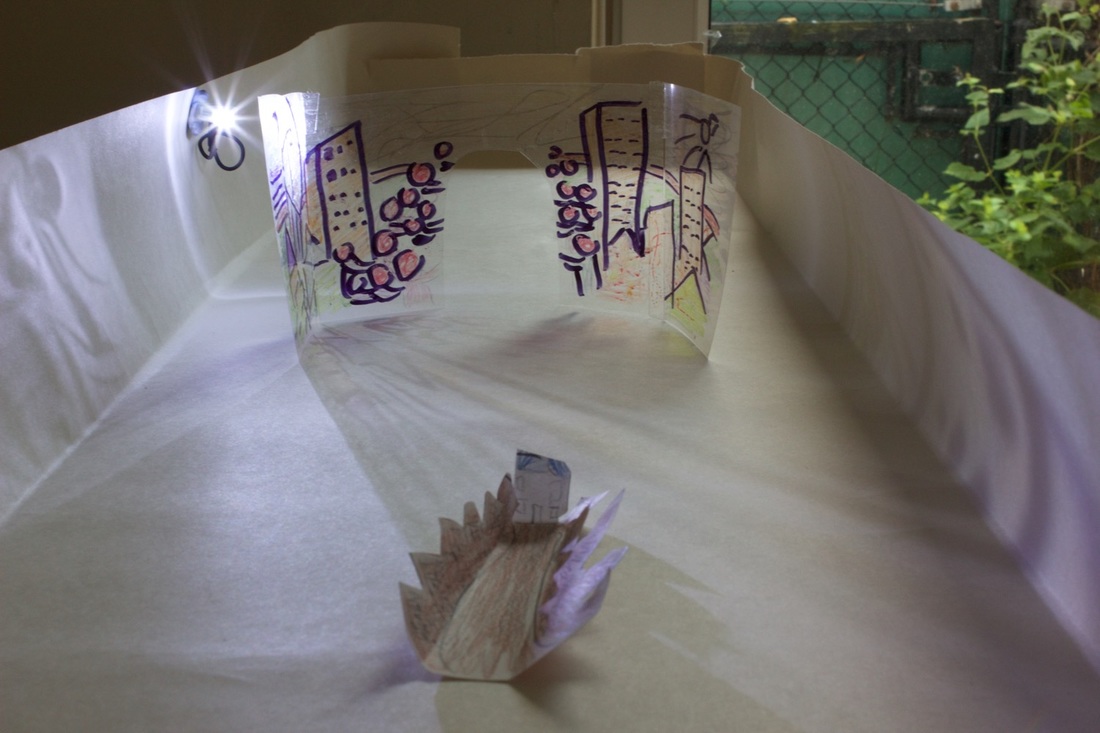






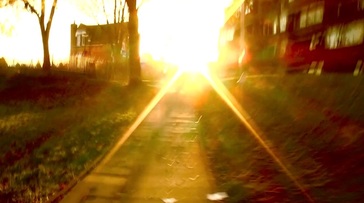




 RSS Feed
RSS Feed
